I have got a dataset which contains just two useful columns for training my model, first is news heading and the second is category of news.
So, I got the following training command running successfully using python:
import re
import numpy as np
import pandas as pd
# the Naive Bayes model
from sklearn.naive_bayes import MultinomialNB
# function to split the data for cross-validation
from sklearn.model_selection import train_test_split
# function for transforming documents into counts
from sklearn.feature_extraction.text import CountVectorizer
# function for encoding categories
from sklearn.preprocessing import LabelEncoder
# grab the data
news = pd.read_csv("/Users/helloworld/Downloads/NewsAggregatorDataset/newsCorpora.csv",encoding='latin-1')
news.head()
def normalize_text(s):
s = s.lower()
# remove punctuation that is not word-internal (e.g., hyphens, apostrophes)
s = re.sub('\s\W',' ',s)
s = re.sub('\W\s',' ',s)
# make sure we didn't introduce any double spaces
s = re.sub('\s+',' ',s)
return s
news['TEXT'] = [normalize_text(s) for s in news['TITLE']]
# pull the data into vectors
vectorizer = CountVectorizer()
x = vectorizer.fit_transform(news['TEXT'])
encoder = LabelEncoder()
y = encoder.fit_transform(news['CATEGORY'])
# split into train and test sets
x_train, x_test, y_train, y_test = train_test_split(x, y, test_size=0.2)
nb = MultinomialNB()
nb.fit(x_train, y_train)
So my question is, how can I give a new set of data (e.g. Just news heading) and tell the program to predict the news category using python sklearn command?
P.S. My training data is like:
